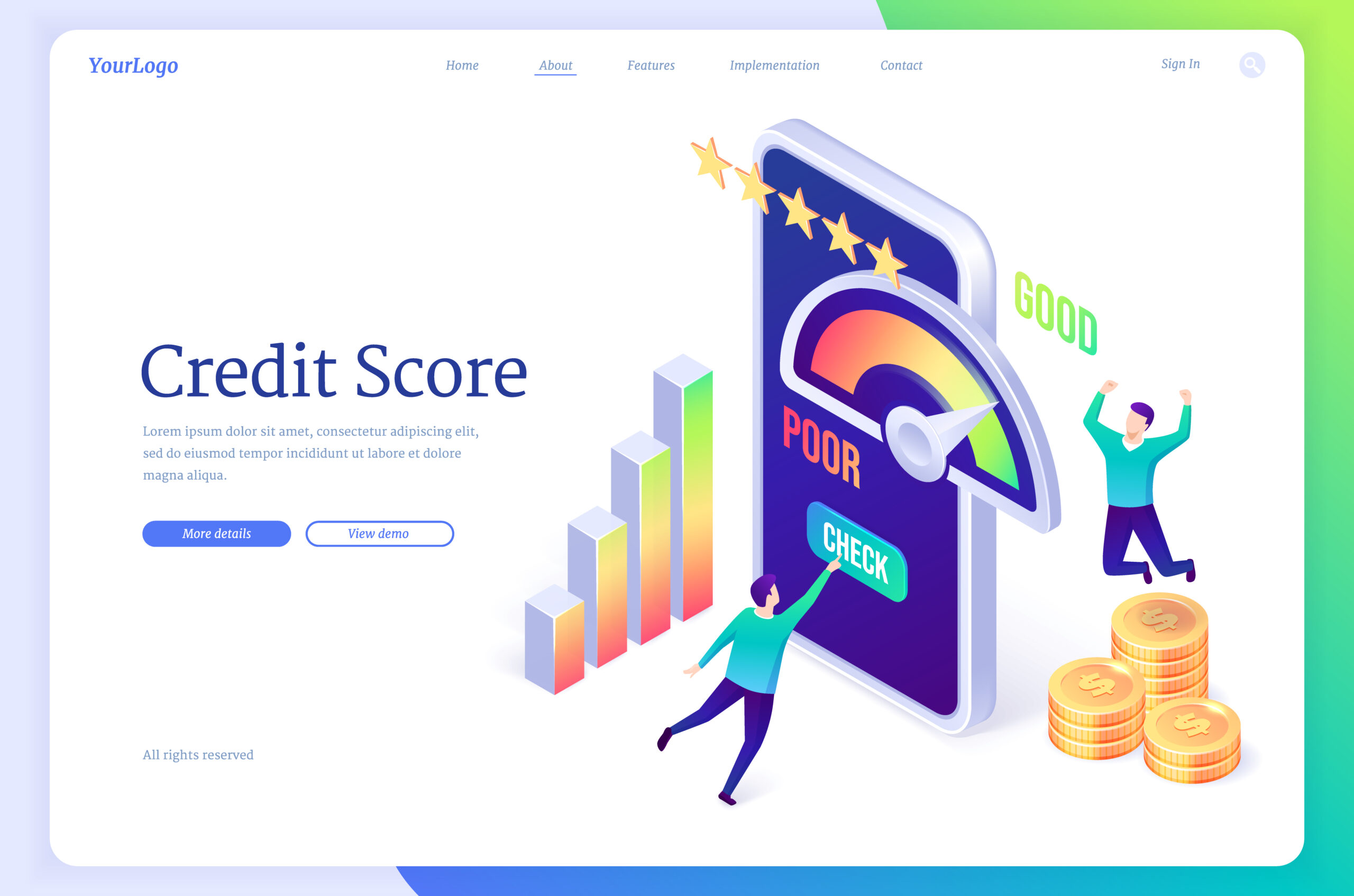Lots of stuff contribute to the perils of taking debt.
Having debt is not a bad thing. Most of us need debt to get things done and have a ‘good life. Debt has many positive effects on your personal, financial, and professional life.
It can help you achieve goals faster and assist in buying things such as homes, cars, education, or starting a business.
But if you are reading this article, it means that there are also some pitfalls associated with taking on debt. Many people don’t understand how dangerous debt can be until it’s too late.
And the cost of going into debt can be high, especially if you fall victim to predatory lenders or take on more than you can afford.
Taking on debt is a serious step. Before you sign on the dotted line, there are some things you should consider.
The most important thing to remember if you decide to take on debt is that you should only do it if you can pay it back.
If you are considering taking on debt, several crucial questions need to be answered before signing the contract.
In this article, we will discuss the perils of taking on debt and explore ways to manage it effectively so that you do not suffer its consequences later in life.
What are the Perils of Taking Debt?
Perils of taking debt are the dangers of taking on debt and failing to manage it responsibly. The perils of taking on debt are many, but the most common are hidden fees, high-interest rates, the risk of defaulting on payments, exhaustion of reserves of good credit, loss of the possibility of borrowing in the future, and taking on debt that is illegal or prohibited.
Hidden fees are probably the most dangerous of all the perils of taking on debt. What many people don’t realize is that they can be legally charged fees without you even knowing about it.
One of the most common types of hidden fees associated with taking on debt is processing fees. These fees are charged by the lender (the company that gives you the money) to process your application.
There are often no laws that govern the amount charged for processing fees, and lenders can set their fee amounts as they please. Oftentimes, these fees are not even included in the original loan offer.
Another dangerous peril of taking on debt is high-interest rates.
High-interest rates can quickly add up and become a major expense for you. It is important to be aware of the interest rates associated with your loans and to try to keep them as low as possible.
Many lenders will try to get you to take on debt that has higher interest rates than other options. This is because they are making more money from your loan and are less concerned about whether you can afford it or not. You must pay attention when taking on debt so that you do not end up falling into this trap.
Defaulting on payments is a very real possibility with many types of debts, especially credit cards, student loans, mortgages, and car payments. If you fail to make payments for any of these debts for at least 90 days, your credit score will drop significantly, and it may be difficult for you to borrow again in the future (even if you pay your debt off).
This can be very dangerous because if you take on debt that requires monthly payments and cannot afford them, then there is a good chance that defaulting will happen sooner rather than later!
Exhaustion of reserves of good credit is another danger associated with taking on debt. If someone has a very small amount of reserves (a poor credit score), then they may have little room before their reserves run out.
READ MORE:- Commercial Loan TrueRate Services
The Risk of Defaulting on Payments
One of the most dangerous risks associated with debt is the possibility of defaulting on payments. If you fall behind on payments, collectors will come after you and try to recover the money you owe.
Not only will they be after the original amount, but they will also tack on late fees and collection costs, which can quickly add up to much more than what you originally borrowed.
This can ruin your credit score, which can have adverse effects on your financial future. Defaulting on debt payments can lead to garnishment of your wages, foreclosure on your property, repossession of your car or other assets, and even lawsuits. These are all very serious and can have lasting effects on your financial situation.
The Risk of Bankruptcy and Foreclosure
The other major peril of taking debt is bankruptcy and foreclosure. If you fall behind on payments, it can affect your credit score, which makes getting loans in the future difficult. This can lead to a downward spiral where you have to take out more and more loans to pay for old debts, which in turn decreases your credit score, even more, making it harder and harder to get loans.
If you default on a loan, then the lender may try to take possession of the property using a foreclosure proceeding. If they are successful, then they will sell the property, use the money from the sale of the property to pay off as much debt as possible, and keep whatever is left over as profit.
In extreme cases, this will leave you without any assets at all.
Exhaustion of Reserves of Good Credit
Good credit is necessary if you ever need to borrow money. But if you max out your credit cards, get a ton of personal loans, or otherwise go way over your credit limit and don’t pay any of it back, your credit score will become seriously damaged.
Even one late payment on a credit card or loan can knock a hundred points off your credit score, and when you’re already over your limit and behind on payments, that can be devastating.
Exhaustion of reserves of good credit can make it impossible for you to borrow money for a very long time, which can affect your life in many ways and is another major peril of taking debt.
READ MORE:- Bad Credit Urban BCL Loans: What You Need to Know
Loss of Possibility to Borrow in the Future
If you take on too much debt, don’t manage it responsibly, and don’t pay it back on time, lenders may become reluctant to lend to you in the future.
The consequences of taking on too much debt can last a lifetime. When applying for a house, car, or even a job, lenders may be reluctant to approve your application if they see that you have a history of irresponsible debt.
What is Permitted, and what is Prohibited Debt?
Permitted Debt – Debt that the lender is obligated to pay back. This is usually associated with a loan that is guaranteed by collateral. Examples of permitted debt include mortgages, car loans, and student loans. Permitted debt can be beneficial, but it’s best to stay away from non-permitted debt whenever possible.
Prohibited Debt – Personal debt that is not guaranteed by collateral. Examples of prohibited debt include credit card debt, medical bills, and personal loans. There are no restrictions on the amount of prohibited debt that you can have, but you should try to avoid it whenever possible. Prohibited debt has higher interest rates and less flexibility than secured debt, and it doesn’t help you build wealth.
Disadvantages of Taking on Debt
Most people understand that taking on debt is not a good thing. But what many people don’t realize is that debt can come with a very high cost. If you take on too much debt, you may have to pay many years to pay it off. This can result in financial distress, loss of assets, and poor credit.
Let’s discuss each of these in more detail. Most people take on debt to finance major purchases such as homes, cars, and education. The problem is that these are usually not one-time purchases.
Instead, they are recurring expenses that require you to make payments regularly. For example, if you buy a home and take out a mortgage, you will make payments to the lender for the next 30 or 40 years.
Strategies to Avoid Perils of Taking on Debt
The best way to avoid the perils of taking on debt is to avoid debt altogether. Sounds ridiculous, right? It might sound like a ridiculous idea, but some people live a debt-free life and never take out a loan.
It is not impossible to live a debt-free life, but it is hard. You will have to make some radical changes in your spending habits, earn more income, and change your financial mindset.
Conclusion
Taking on debt is dangerous. It is important to understand the perils of taking on debt and take steps to avoid those dangers. The best way to do that is to avoid taking on debt in the first place.
If you must take on debt, make sure to understand the terms of the loan and make sure it fits your financial goals. Stay on top of your payments and make sure to understand what happens if you are late or miss a payment. Finally, make sure you have an emergency fund in place in case something happens, and you need to stop making payments on your loan.







